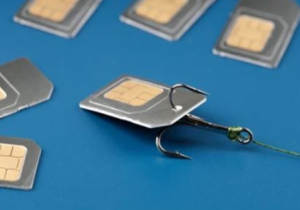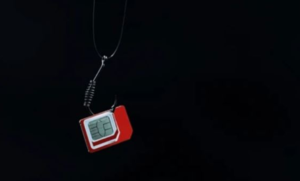Department of Telecommunications of India Introduces an AI-Driven Platform to Fight Mobile Number Frauds

The DoT or Department of Telecommunications of India is constructing a verification platform for disconnected mobile numbers, which institutions and the Unique Identification Authority of India (UIDAI) can use to combat fraudulent activities involving dormant mobile numbers. The primary objective of this initiative is to bolster security measures and deter the unauthorized use of these numbers for fraudulent purposes.

On Friday 8th December, 2023, Neeraj Mittal, the Secretary of Telecom, declared the beginning of the platform’s development. As he elaborated, the platform will acquire data from telecommunications providers and employ Artificial Intelligence (AI) to detect and indicate disconnected mobile phone numbers. Subsequently, this data will be disseminated to relevant organizations such as institutions and UIDAI, empowering them to implement requisite measures in safeguarding against potential fraudulent activities.

Mittal emphasized the significance of mobile phone numbers as a standardized means of identification and communication. The speaker placed significant emphasis on the fact that the new platform aims to mitigate apprehensions regarding identity theft and fraudulent activities linked to deactivated phone numbers.

Mittal underscored the significance of India’s swift implementation of 5G in facilitating the integration of AI-driven solutions in the telecommunications industry. The individual asserted that the dependable, rapid, and low-latency characteristics of 5G would enhance the efficiency of integrating these solutions.

Key Points That Mittal Elaborated
Mittal clarified additional AI applications that are currently under investigation in the telecommunications industry. He referenced initiatives including:
- Maintaining adherence to licensing requirements.
- Preventing point-of-sale fraud occurrence.
- Enhancing the reliance on the telecommunications ecosystem as a whole.

Solution for Telecom SIM Subscriber Verification (ASTR), which is propelled by artificial intelligence and facial recognition, is a significant initiative emphasized by Mittal. The objective of this solution is to detect and eradicate unauthorized mobile connections.

Mittal reported that ASTR had been effective in detecting and removing duplicate SIM cards. It has been reported that the system has detected and deactivated 50 lakh duplicate faces subsequent to re-verification.

By underscoring the significance of regulation in the realm of AI for the benefit of citizens, Mittal acknowledged the need for it. It was his emphasis that the digital divide must be closed and AI must be utilized responsibly for good.

Through cross-sectoral initiatives, the government is committed to addressing AI concerns, according to Mittal. He emphasized the Indian government’s proactive stance in establishing ethical standards for the adoption of artificial intelligence.

Additionally, Mittal discussed the endeavors spearheaded by the Telecom Standards Organization of India (TSO) in an effort to advocate for the ethical implementation of artificial intelligence. This involves academic collaboration and the publication of pertinent documents, such as with IIT Delhi.

The DoT’s introduction of the platform and other artificial intelligence (AI) endeavors signifies a noteworthy progression in fortifying security and averting fraudulent activities within the telecommunications industry in India. These developments possess the capacity to enhance consumer safety while also fostering the expansion and progress of the digital economy as a whole.
About The Author:
Yogesh Naager is a content marketer who specializes in the cybersecurity and B2B space. Besides writing for the News4Hackers blog, he’s also written for brands includingCollegeDunia, Utsav Fashion, and NASSCOM. Naager entered the field of content in an unusual way. He began his career as an insurance sales executive, where he developed an interest in simplifying difficult concepts. He also combines this interest with a love of narrative, which makes him a good writer in the cybersecurity field. In the bottom line, he frequently writes for Craw Security.
READ MORE ARTICLES HERE





